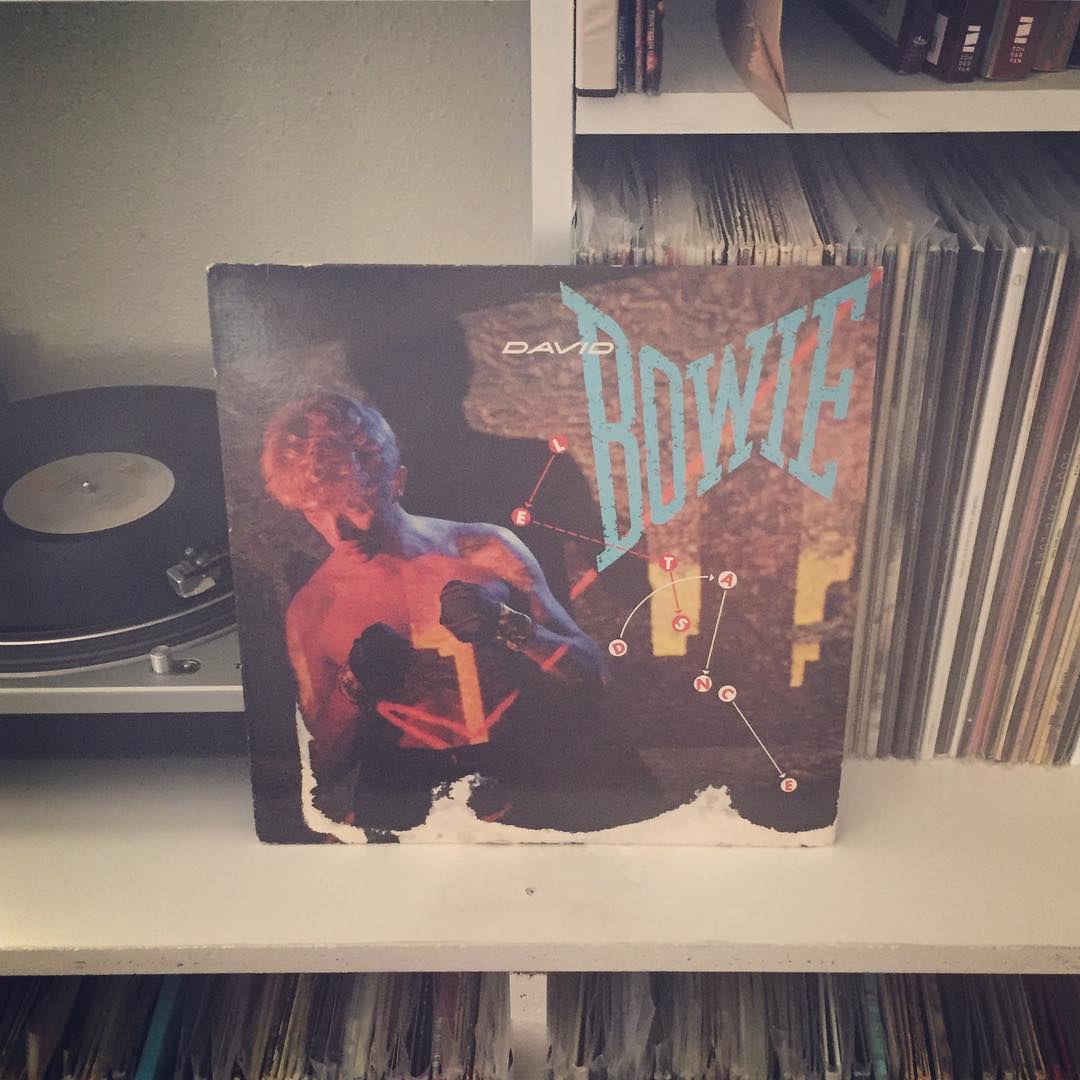 By the beginning of the 80s, David Bowie had been through enough career turns to make the most accomplished musicians dizzy. He had cut his teeth with Dylan-esque space folk before moving onto theatric art pop, glam rock, plastic soul, sci-fi disco, and harrowing Krautrock.
By the beginning of the 80s, David Bowie had been through enough career turns to make the most accomplished musicians dizzy. He had cut his teeth with Dylan-esque space folk before moving onto theatric art pop, glam rock, plastic soul, sci-fi disco, and harrowing Krautrock.
There wasn’t a lot of space that Bowie hadn’t already explored. So he set his sights on the best dang pop a man could create.
It paid off—Let’s Dance remains Bowie’s best selling album. It’s two major singles, “Modern Love” and “Let’s Dance” are pillars in his absolutely immense catalogue.
But that commercial success isn’t emblematic of an artless sellout. The album aims squarely for pop catharsis, but not at the expensive of creative exploration. Many of the same avant-garde colors of the Berlin Trilogy are here in full exposure. Some of the deeper cuts wouldn’t be out of place on “Heroes.” “Shake It” sounds like a spiritual sequel to Low’s “Sound and Vision.”
But that fierce experimentalism is cut with a bright-eyed optimism. In terms of mood, its closest predecessor is the cheery Hunky Dory.
There are also two covers here, which is uncharacteristic of Bowie: Metro’s “Criminal World” (featuring Stevie Ray Vaughn!) and Iggy Pop’s “China Girl” (which was recorded as a personal favor). But as a testament to Bowie’s chameleonic elasticity, he performs both as if they were his own. In fact, many people believe that Iggy Pop covered him, despite his version coming out six years prior.
Let’s Dance would kick open the doors to a new chapter in Bowie’s career—a chapter that would see him dueting with Mick Jagger and Freddie Mercury and enchanting the public as a mercurial Goblin King. But Let’s Dance is more than just a transitional record: it’s another masterpiece in a catalogue filled with masterpieces.